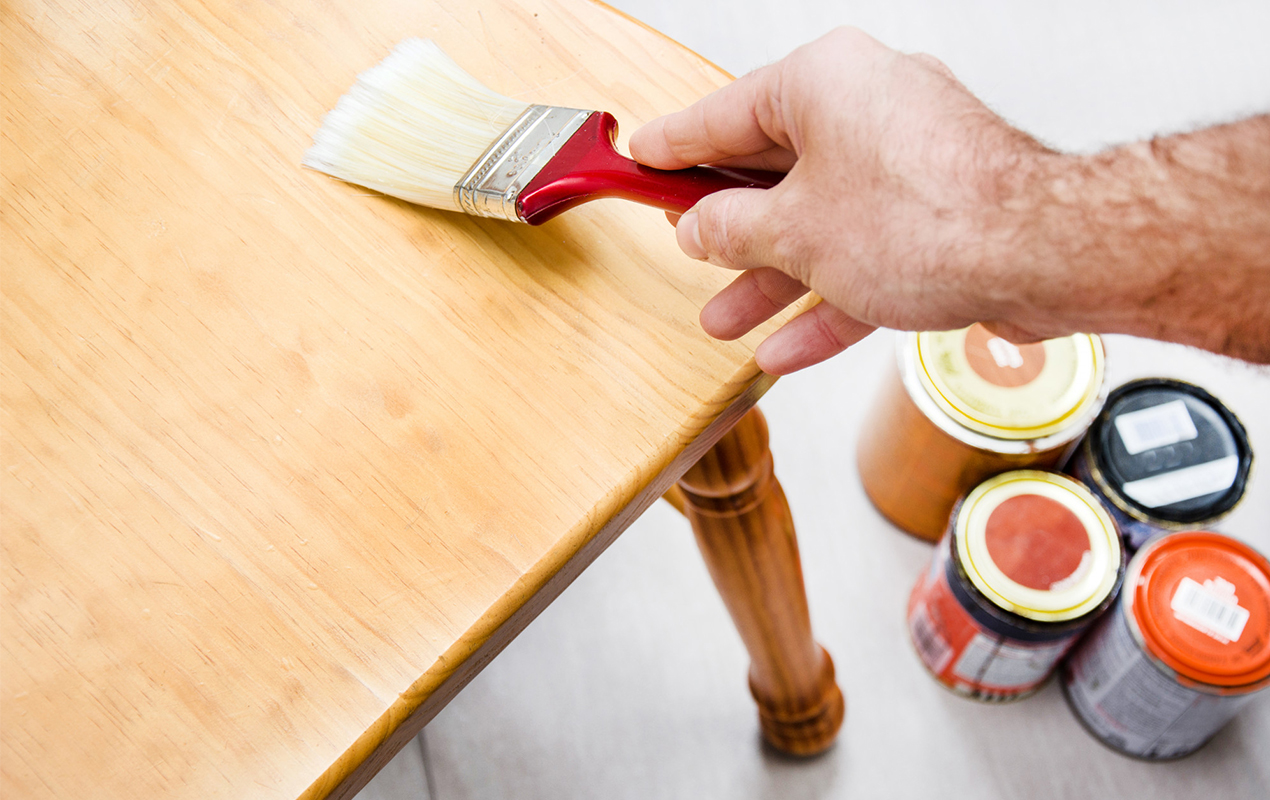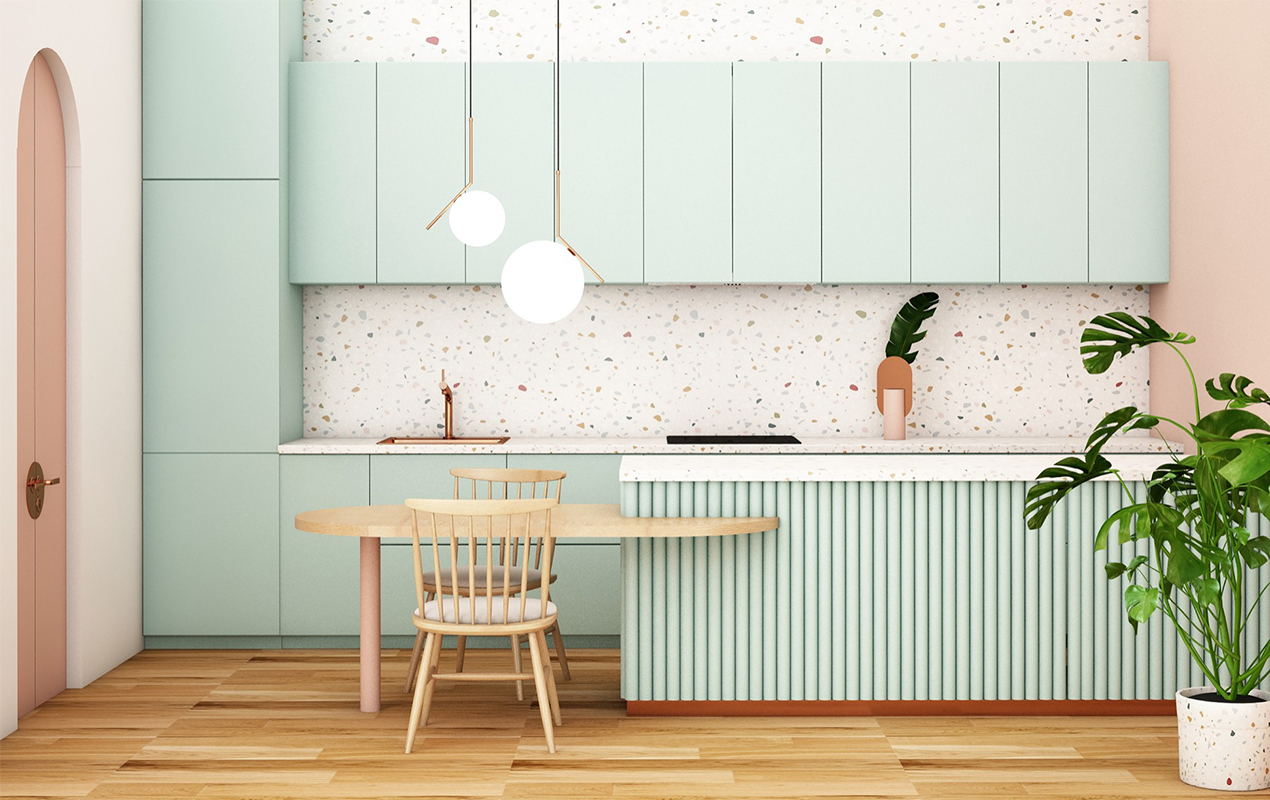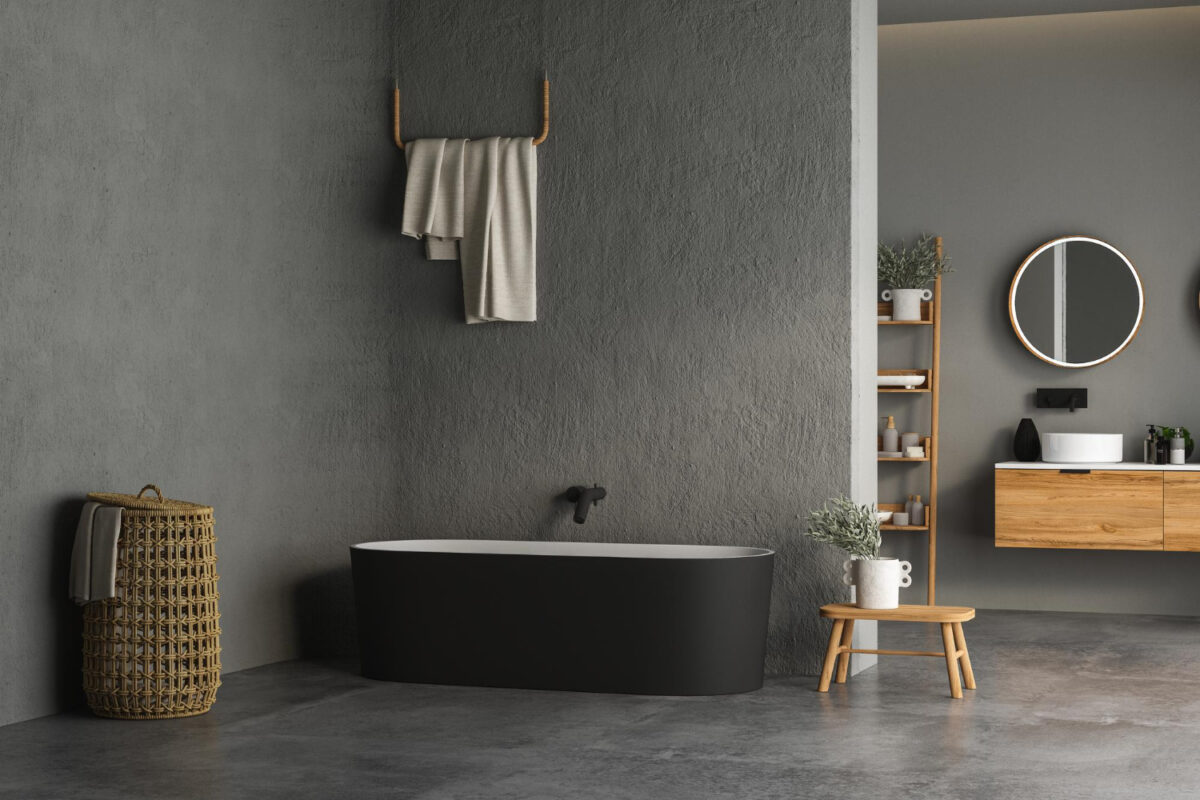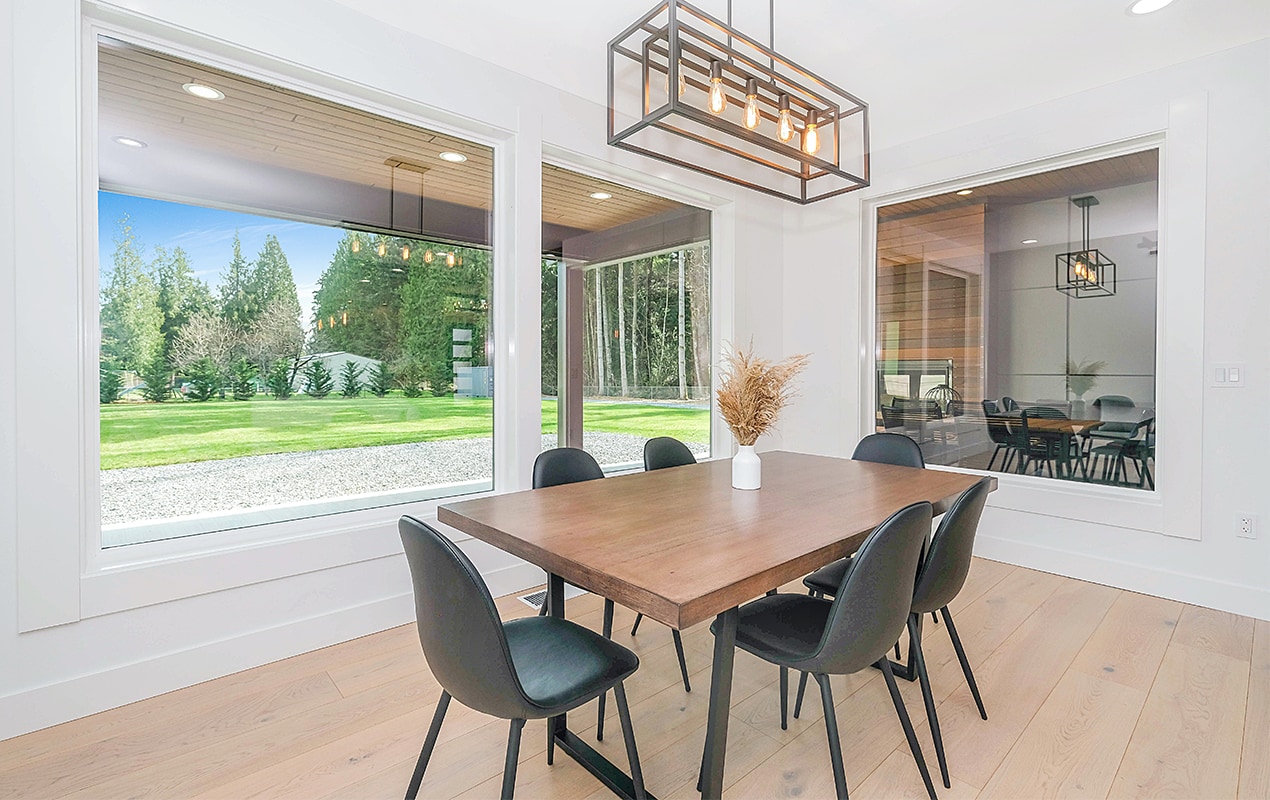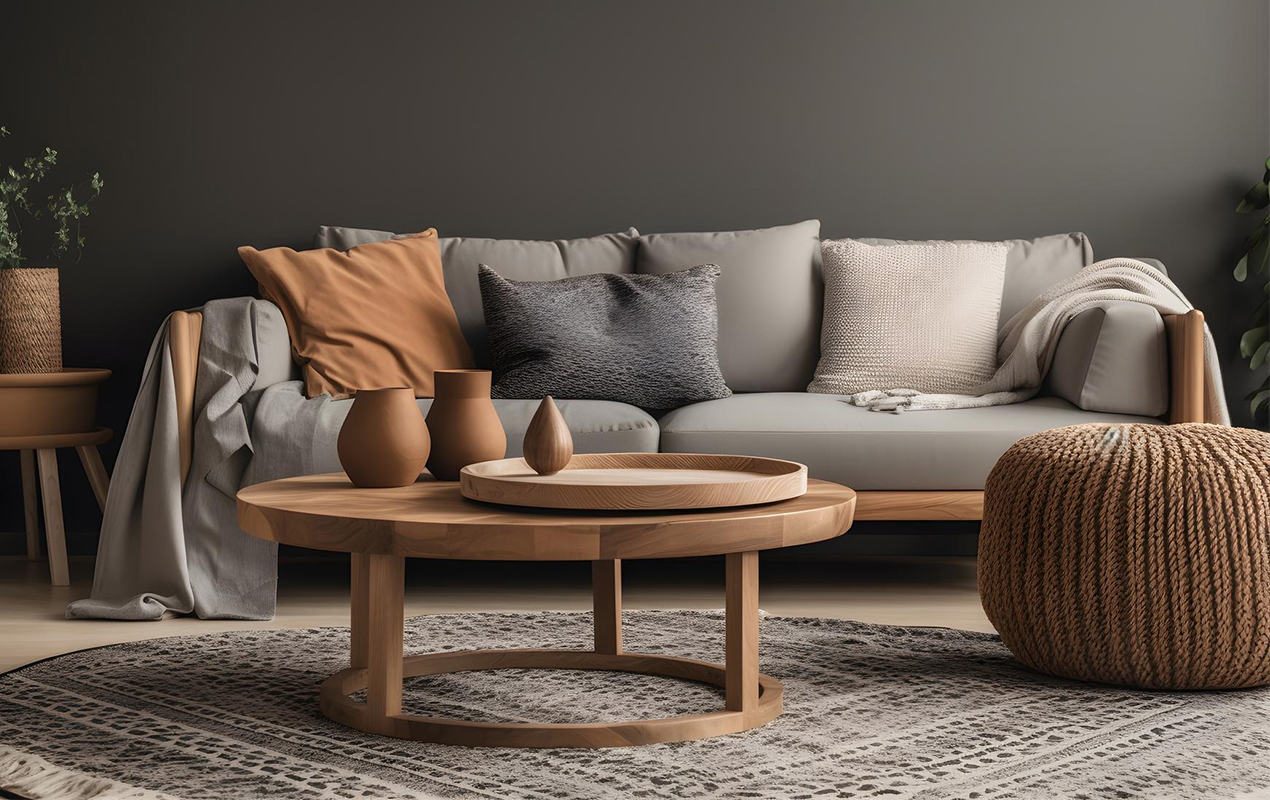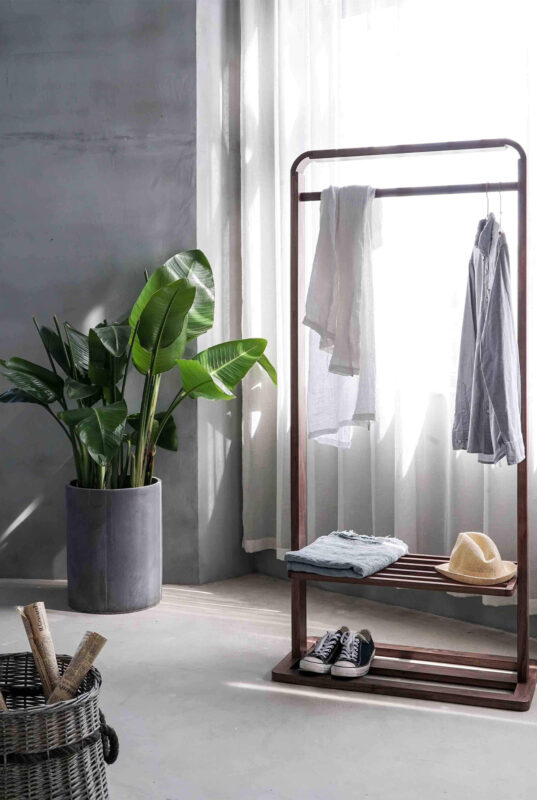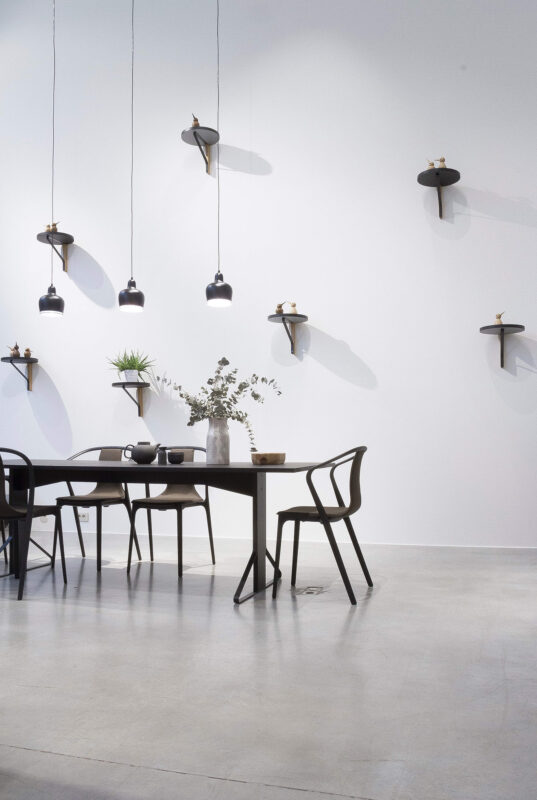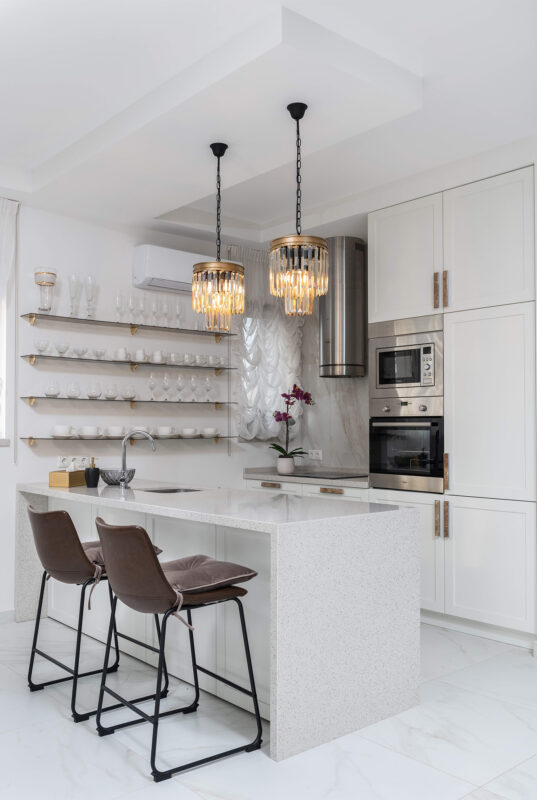Blog
Balancing the Steps: Interior Floors Comparison Guide
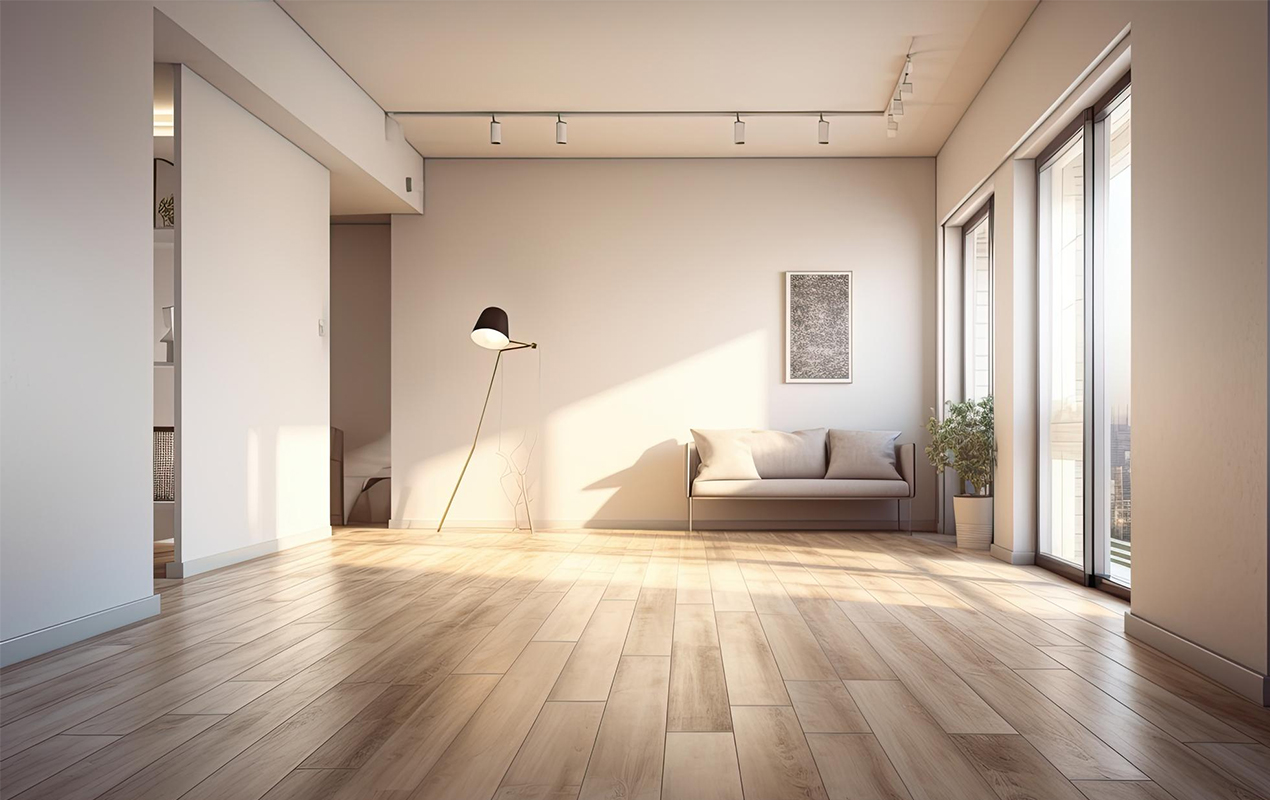
Creating well-built interior floors with even, seamless surfaces is crucial for keeping you safe when walking indoors. Imagine how frustrating it is when you have unpolished flooring, with cracks and uneven surfaces that make you lose your balance. You trip and fall, causing an accident, just when you thought you were safer inside than outside. If you’re reading this piece, it means that your top concern is safety in your properties. With that, you are convinced that choosing the right interior flooring is crucial.
So, what flooring type should you use in your interiors to ensure you are safe at every turn? The great news is that we will compare each commonly used indoor flooring type. At the end of this article, you will learn to balance the pros and cons to make the best decision!
Five Types of Ideal Flooring to Consider
The living rooms, kitchen areas, bedrooms, and bathrooms have different floorings used for them. Each area can have more than one material that suits it. The choice from concrete to carpeted floors and reclaimed hardwood flooring to tile would depend on the room where the floors are located. However, you could still find two or more types of flooring that would fit one specific area.
To visualize this clearly, take your kitchen interior floors as an example. Different home styles would arrange the kitchen to complement the home’s theme or make a contrast. Either way, a kitchen may choose between a concrete floor, a carpeted one, a hardwood, or tiles. So now you may find yourself in the same situation as this, where you must choose one that will satisfy your needs.
Concrete Flooring
Let us start with the most common and practical to use. Its practicality makes it a top choice for most homeowners and anyone with flooring needs. That is because concrete would fit mostly anywhere. It’s suitable indoors for kitchens, bathrooms, and garages. It also makes excellent outdoor surfaces, from LA-style historic patios to a concrete driveway Tampa. It is a no-brainer choice for anyone looking for a flooring solution that fits all. From the examples at https://www.decorativeconcretetampa.com/, concrete floors easily match any concept. From classic to modern, this type of flooring would seamlessly blend in with any style and lifestyle.
Let us get to its detailed distinction with concrete advantages and disadvantages.
Upsides:
Concrete flooring brims with benefits from function to form. Its core features are outstanding: safety, durability, cost-efficiency, ease of maintenance, and sustainability. It is practical and cost-efficient to use with a single-pour method. It installs quickly. Then, if you already have concrete flooring, you can resurface the existing material without throwing old slabs away. That way, using concrete is cost-efficient, especially in heavy-traffic areas. It’s easy to manage with a few quick mopping and simple cleaning tools. The seamless, polished surface makes safe and highly slip-resistant interior floors ideal for kitchens, bathrooms, living rooms, and even office spades or other areas for business.
It is wise to consult with contractors specializing in residential and commercial flooring. Found here is a leading example of a local contractor of Commercial Concrete St. Louis, which resurfaces concrete floors at home and in a retail space.
Downsides:
Concrete is prone to cracks, a major downside for these materials. However, most of these apparent cracks would be prevalent in the outdoors. The concrete can be a major cause of downtime for interiors for household members.
While concrete can be repair-saving, it can cost more when you need an installment of newly poured concrete. It is because the process will be more complex than resurfacing old slabs. To avoid the hassle of reinstalling new slabs, you may first contact a professional contractor who can assess if you can resurface an existing flooring slab with decorative concrete.
Carpeted Flooring
Now, from a robust concrete, we will unravel carpets. In contrast to concrete floors, carpet provides cushioning and a warm hug on the floors. That provides warmth on the toes and soles of your feet. Carpet can be a flooring system on its own that can also last on the surface for extended periods. You can use it over another stand-alone flooring material with its distinct benefits and features. Here are its pros and cons.
Upsides:
It is quite evident that the carpet’s number one strength is comfort. However, a carpet acts as a shock absorber on the floor beyond comfort and cushioning. Perfect for homes and offices where you need less noise on the floors. It provides soundproofing. Its aesthetic gives a cozy and warm ambiance, making the carpet floors kid-safe and elderly-friendly flooring. In addition to this, it’s a material that minimizes allergens by trapping clouds of dust, furs, and other tiny organisms.
Downsides:
Some of its strengths can be its weakness. Carpets can trap dust, noise, and allergens surrounding indoors, which you need more effort to clean daily. It can be a hazard if carpets are not maintained well. You need to ensure that you do not just sweep but use a vacuum to keep the carpets in perfect and safe condition. You need more effort to clean daily. Not placing the carpets well on the flooring surface can cause more danger by trampling over a tangled carpet. Before installing rugs, mats, and carpets, ensure the surface and base floors are in mint shape. Get help from professionals to repair the cracks, gaps, and holes on the floors.
Interior Floors: Cork Flooring
Known for its sustainable and eco-conscious advantages, cork flooring is a top choice for green lifestyles. It is like the carpets. However, cork floorings are made from recycled materials, like wood shavings, repurposed cardboard, and hardwood shredded to become cork. Here is a summary of its advantages and disadvantages.
Upsides:
Cork is pro-environment and promotes sustainability. The cork material used for covering the floors protects an existing floor. The material is affordable and can be purchased according to your needs.
Downsides:
While it can be cheap, Cork can be less durable than any other flooring material, and you might need to replace the cork in a year. Cork is light and will only suit moderate traffic areas.
Interior Floors: Vinyl Floors
Vynil floors would remind you of retro styles and homes from the 70’s. Traditional vinyl often comes in a roll-over sheet that creates a seamless installation on the floorings. It is made of polyvinyl, also known as PVC, a form of plastic. That said, you are sure of its seamless, flat surface. It is one of the most practical flooring materials.
Upsides:
It has excellent stain resistance, good for a more modern and industrial lifestyle. It is commonly used for garages and kitchens to create a protective coating on high-traffic and heavy-worn spaces.
Downsides:
The main criticism against vinyl flooring is that it tends to look dull. Classic vinyl sheets come in limited styles. Some can already look outdated. Changing the sheets can also be a lot of work, and throwing old sheets can be a significant good use when your style preferences change too quickly. The need to constantly change vinyl sheets can be a disadvantage. But while vinyl can be more affordable, another variant of PVC flooring came out. And it has a more favorable look.
Interior Floors: Luxury Vinyl Tiles
LVT floors came about to elevate vinyl flooring’s form and aesthetic offerings! It took a more affordable form by being viable in tiled pieces. Since LVT can be more expensive than ordinary vinyl sheets, you can purchase the tiles according to your need or the space you need to cover your flooring.
Upsides:
Luxury vinyl tiles are the most stylish and elegant flooring floors, which is also why it is called luxury. Your interiors can look stylish and modern. It also provides dozens of designs ranging from wood, stone, marble, and other realistic patterns to customized ones. It is simply fun to use LVT, and this is the best choice when you need more aesthetic options that do not compromise durability.
Downsides:
As already said above, the LVT will be expensive. Since you already know how this can be a drawback for your choice of flooring, you can plan. Considering that you have the budget for renovating heavily soiled flooring like those in the garage or basement, you may opt for a polyurea garage floor coating.
Local floor contractors can offer free estimates for your flooring needs, like those from decorativeconcreteorlando.com. So before you invest in luxury flooring materials, ask the experts first. Make it your investment to partner with professionals when renovating the flooring spaces in your properties.
Interior Floors: Wooden Floorings
Wooden floorings can be traced way back to the classical period. Regarding flooring choices, wooden flooring is at the top, side by side with concrete floors. Nowadays, wooden floors have already evolved with engineered wood as an additional choice. Hardwood and engineered wood bear the same functions and forms, making engineered wood more suitable for outdoor use.
Upsides:
Wooden floors are durable and long-lasting. A historic house dating back to the 19th century would have original wooden materials. It is also suitable for heavy traffic areas like commercial establishments, schools, offices, and other areas. To preserve its charm, you can apply sealers and polishing coats over wooden floorings.
Downsides:
While it has a promising strength, wood can be prone to termite infestation if not treated well. Due to the need for treatment, wood flooring can be expensive. Another reason is that wood floorings are extracted from actual raw lumber. The resources for wood can need help with trees being cut and exported. Strict regulation is involved with wood materials, and they can play a big role in how much wooden flooring can be built.
Final Thoughts: Compare and Choose
Each flooring design idea has distinct features and pros and cons unique to each. Knowing different flooring types in terms of their pros and cons will help you determine the most suitable flooring material to fit your priorities. To make a balanced comparison, look at different aspects of the flooring; better yet, consult professional contractors to weigh all the necessary aspects of choosing suitable floorings for your properties.


